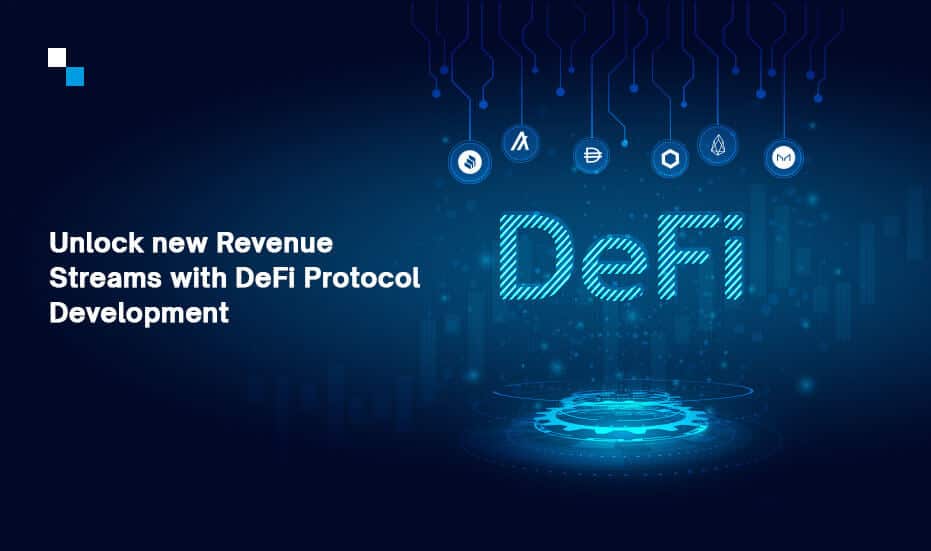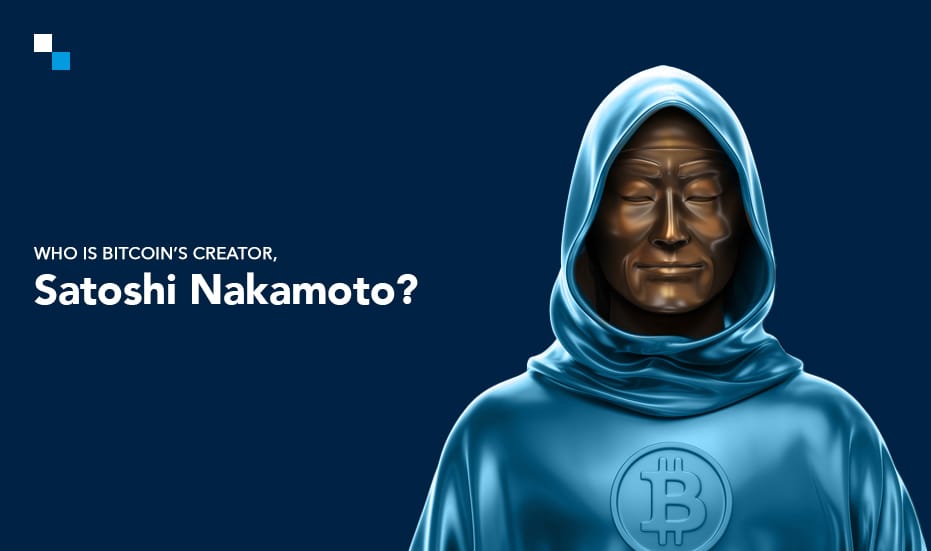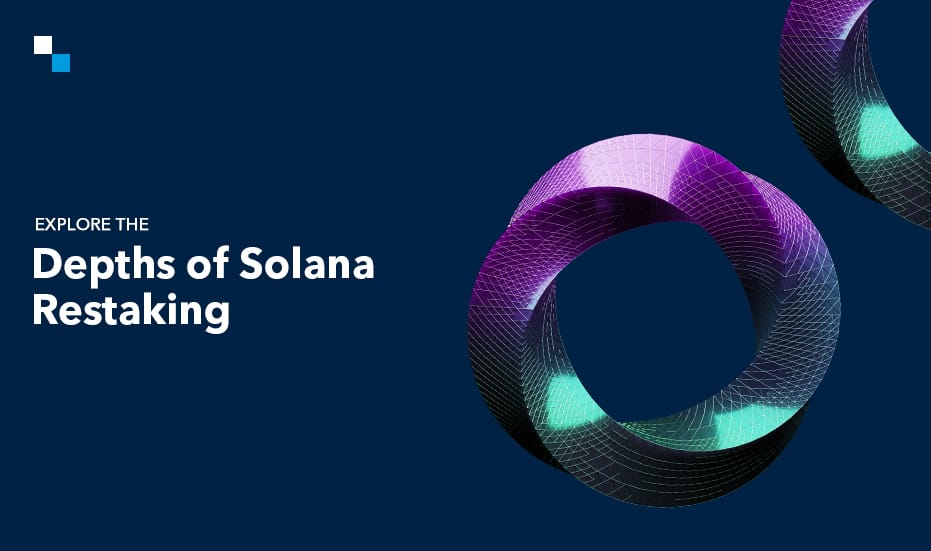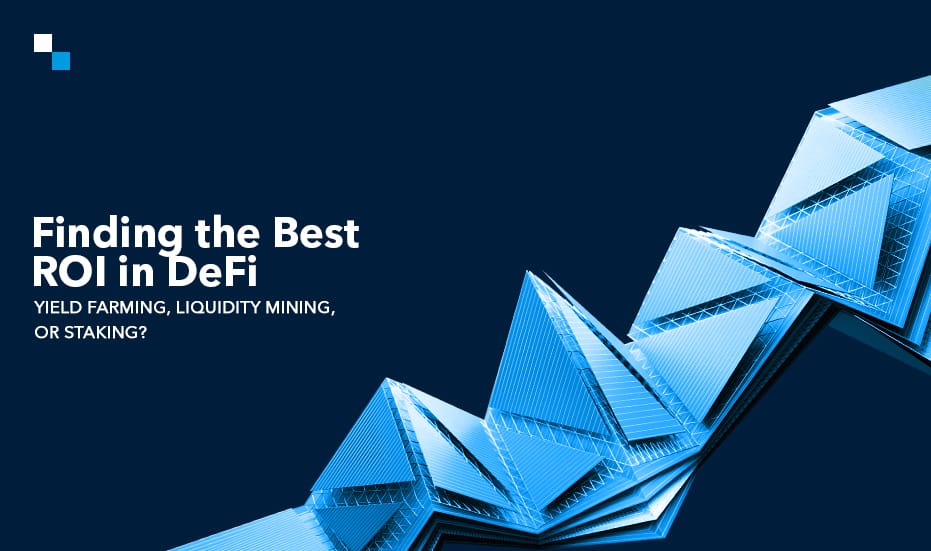
How to build a Metaverse Game that Attracts Users
April 11, 2022
9 Reasons a Wallet Clone Script is Ideal for Crypto Wallet Development
April 13, 2022Decentralized Finance (DeFi) has completely changed our notions about finance by getting a good cryptocurrency foundation and using blockchain technology to manage various financial transactions. Due to this, there has been a lot of attention to DeFi features.
DeFi aims to democratize the financial system by replacing centralized financial institutions with peer-to-peer relationships to provide financial services. Here is how DeFi is transforming financial services and why more financial institutions are looking forward to DeFi protocol development.
What is DeFi?
DeFi or decentralized finance is a variety of financial applications provided on the blockchain network. It has completely changed the way we view financial transactions beyond the existing assumptions of the financial market.
DeFi is a transition from conventional, centralized financial systems to peer-to-peer financial systems to make most of the decentralized technologies of the Ethereum network.
The DeFi ecosystem not only includes financial instruments but also integrated protocols for various use cases. There are about $63 billion locked in Ethereum-based smart contracts, allowing new decentralized finance prospects.
Features of Decentralized Finance
The notable features of DeFi include the following:
Permissionless
The permissionless nature of the DeFi application grabs a lot of attention. DeFi follows an open and permissionless access model in place of conventional access principles. Users with an internet connection and a crypto wallet can easily access DeFi solutions. DeFi welcomes almost every individual irrespective of their geography and amount of funds to their financial system.
Programmability
This is a notable entry into decentralized finance and most of them are based on the Ethereum blockchain. Moreover, it provides an opportunity to access smart contracts with higher programmability for automatic execution. In addition to this, programmability also opens new avenues for creating financial instruments. That is why DeFi is considered necessary support for addressing any conventional financial service function.
Transparency
This is a striking feature of the DeFi, in which every transaction is broadcasted to others in a public Ethereum blockchain. You should also know every Ethereum address is an encrypted key accompanied by pseudo-anonymity.
Transparency also allows comprehensive data analysis of the transaction while ensuring the complete availability of the information to the other users. You can also get tailored open-source code for Ethereum and DeFi protocols based on Ethereum to allow users to view, audit, and develop on the existing code. This is how users can access risks in their DeFi protocol development.
Immutability
This is a promising aspect for the exchange of information and financial transactions in the DeFi. It ensures tamper-proof data coordination in the entire decentralized architecture of blockchain.
It majorly improves security and audits. This also gives a credible value to the blockchain in the financial world.
Interoperability
This is a prime requirement in the financial ecosystems and the composable software ensures DeFi protocols and applications are tailored for integrating and complementing each other.
Develop your own DeFi Protocol
Schedule Free DemoComponents in DeFi
To understand DeFi’s characteristics, we need to learn about its components. But the components of DeFi are quite similar to the other existing financial ecosystems. DeFi components may be stablecoins and even lending services to crypto exchanges.
Smart contracts provide the framework required for DeFi apps to work. Every component has certain features in a DeFi system and performs specific functions in developing a DeFi system. Here are the important layers that make up the DeFi stack.
Settlement Layer
This is a notable DeFi feature on which the development of DeFi solutions takes place. The settlement layer includes any public blockchain with a native digital currency to trade on different currencies.
Protocol Layer
The protocol layer includes rules and standards customized as per users’ requirements for governing specific activities. This layer includes a range of principles or rules for the participants to follow in a particular industry.
It enables interoperability to open the scope of multiple entities usage required for the DeFi protocol development. It is essential to get the desired liquidity levels for the ecosystem.
Application Layer
This layer includes consumer-facing applications of the decentralized application. It also has the underlying protocol in abstract form to provide some consumer-oriented services.
Lending services, decentralized exchanges and various other services make up this layer.
Aggregation Layer
The aggregation layer is the last layer of the DeFi stack. It contains aggregators connecting different applications from the last layer to provide various services to the investors. Aggregators play a vital role in money’s seamless circulation by using different financial instruments to improve returns.
How to build a DeFi protocol?
Most DeFi protocols are built on Ethereum or Binance Smart Chain, in support of smart contracts. So before beginning with DeFi protocol development, you need to choose a network.
Though most large protocols support various blockchains, the difference lies in the ease of use and transaction fees. It is easy to access Ethereum, Binance Smart Chain and Polygon using MetaMask or some other wallet extension after changing a few parameters while switching networks.
Using these wallet extensions enables seamless access to funds on their browsers and they can be easily installed like an extension and needs users to import an existing wallet to the users.
Wallets also have mobile applications to enable easy access to DeFi projects. They have built-in browsers ready for DeFi applications interaction. Mobile apps are also integrated with the open-source WalletConnect protocol to allow users to connect their DeFi applications on desktop devices just by scanning a QR code, to make things easier.
Conclusion
Decentralized finance is a good mix of cryptocurrency and blockchain features as per its features. The variety of features ensures the potential of DeFi to drive more users in the future.
Considering that numerous products and services in DeFi are highly interconnected, transparency, immutability and other features play a significant role in improving the yields.
If you are planning to develop a DeFi protocol, Antier Solutions can help you enter the realm of the crypto verse. We provide end-to-end development solutions to develop and deploy customized DeFi protocols in line with your business requirements.
Connect with our subject matter experts to share your needs for DeFi protocol development.



